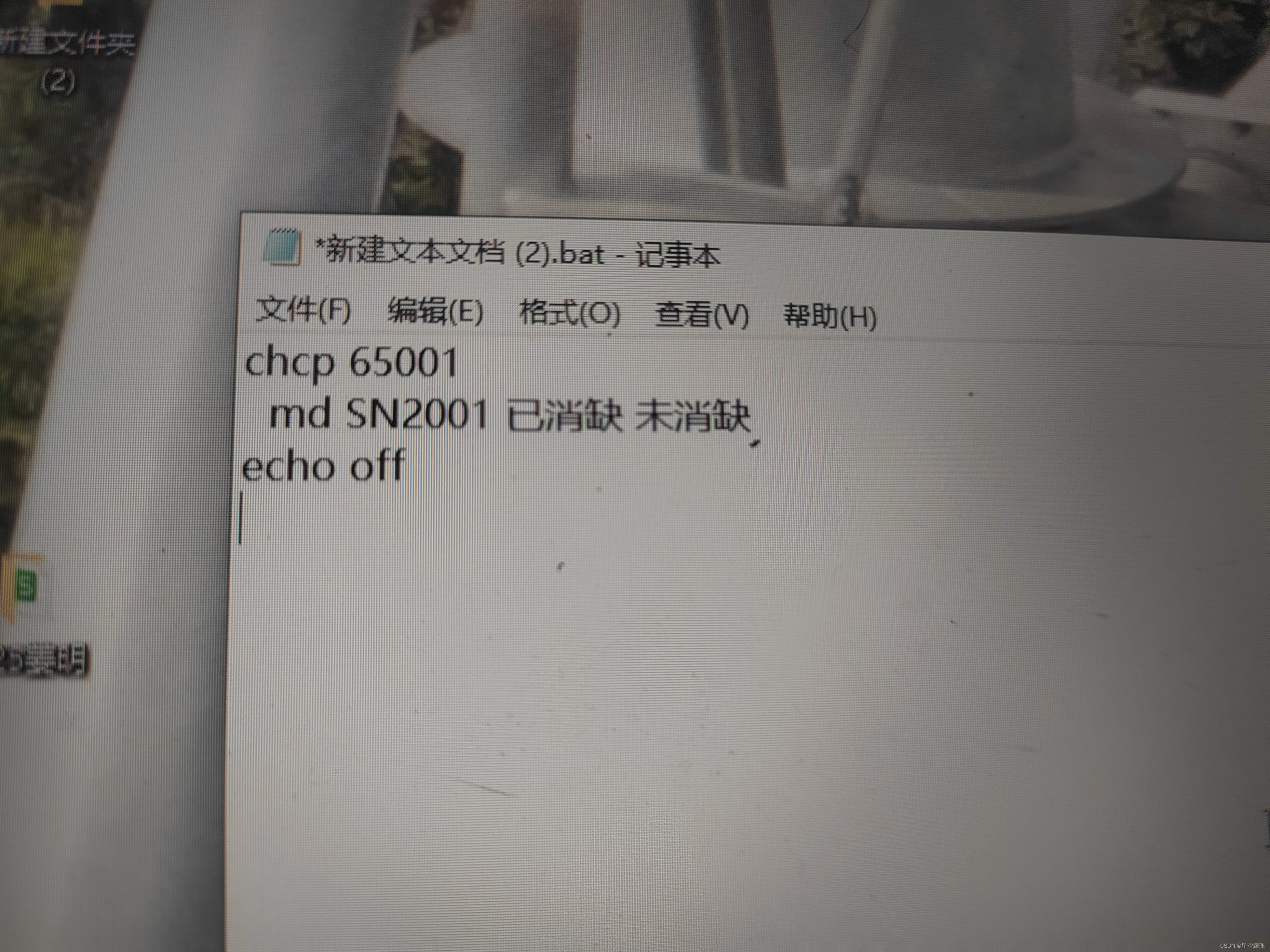本文主要是介绍sMRI剥脑壳--基于FSL_BET,希望对大家解决编程问题提供一定的参考价值,需要的开发者们随着小编来一起学习吧!
1.终端输入fsl后打开BET
输入图像位置,生成图像位置,设置图像密度阈值f(f值越小,切割大脑轮廓设定越大), 选择bet执行算法,点击Go运行
2.参数选择(点击Advanced options)
-f <f> fractional intensity threshold (0->1); default=0.5; smaller values give larger brain outline estimates
下图图灰色的是f=0.2的结果,蓝色是f=0.8的结果,如果初始参数设置后发现脑壳剥多了,将f参数改小,留下较大的大脑区域
-g <g> vertical gradient in fractional intensity threshold (-1->1); default=0; positive values give larger brain outline at bottom, smaller at top
如果剥脑壳后下部区域有脖子,额叶顶叶区域不完整,应设为负数,且越小顶部保留越多,底部保留越少
-r <r> head radius (mm not voxels); initial surface sphere is set to half of this
如果被试头部不够标准,可以修改大脑的半径以保留全部大脑区域
-c < x y z> centre-of-gravity (voxels not mm) of initial mesh surface.
定义大脑中心位置,在mricron中打开原图后手动选定大脑区域的中心坐标,如下图Z值过大,应将矢状面的坐标向左移
切割算法选择如下,一般使用自定义算法即可,通过调整参数修正剥脑壳
(自定义) run bet2
-R "robust" brain centre estimation
-S cleanup residual eye and optic nerve voxel
-B reduce image bias, and residual neck voxels
-Z improve the brain extraction if only a few slices are present in the data
-F uses bet2 to determine a brain mask on the basis of the first volume in a 4D data set, and applies this to the whole data set
-A runs both bet2 and betsurf programs in order to get the additional skull and scalp surfaces created by betsurf.
-A2 <T2> This is the same as -A except that a T2 image is also input, to further improve the estimated skull and scalp surfaces.
这篇关于sMRI剥脑壳--基于FSL_BET的文章就介绍到这儿,希望我们推荐的文章对编程师们有所帮助!







